Let’s take a look at the construction features of the dbx® 234. At first glance you’ll notice the units are great looking, and as you turn the controls something else becomes apparent; these units are extremely well built. The controls exude great precision, and the feel is a solid “click”. Also, when you open the box, you won’t find the external power supply that accompanies most processors in this price range. That’s because we know how difficult external powersupplies can be to work with and even though it costs a little more we put the high quality power supply right in the unit. All the inputs and outputs are TRS differentially balanced 1/4″ jacks that are bolted down to the chassis. This “nutting down” of the jacks insures that even if someone steps on a cable plugged into the unit, it’s not going to tear up the circuit board inside. All dbx® crossovers feature Linkwitz-Riley 24 dB per octave filters, the professional standard, but then again, what did you expect?
Via two switches on the back panel you first select whether you’re operating your system in stereo 2-way, 3-way or mono 4-way. Another back panel switch also selects whether or not you want to mono sum the LF (subwoofer) out. (Most systems that use a subwoofer are mono subbed to take advantage of amplifier power and because low frequencies are non-directional.) Back panel switches allow you to select the range of the crossover frequencies individually for both channels. The crossover frequency controls have a green LED that indicates the X10 switch on the back panel is activated (we wouldn’t make you check the switch position on the back every time you wonder where it’s set). All these switches are on the back panel because it could be disastrous if you were to change them mid-program. On the front panel you’ll notice there are LEDs that indicate whether the unit is in mono or stereo mode. Each channel has an input gain control for proper level setting. There’s a recessed 40 Hz low cut (HPF) on each channel to remove unwanted low frequencies. Both the low and high outputs on each channel have a gain control ranging from – to +6 dB, to allow muting of individual outputs and for level matching. Also, these outputs each have phase reverse switches that’ll help get you out of a bind without having to reconfigure your system. These phase reverse switches may be internally reconfigured as mute switches.

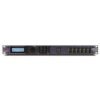
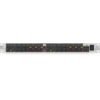



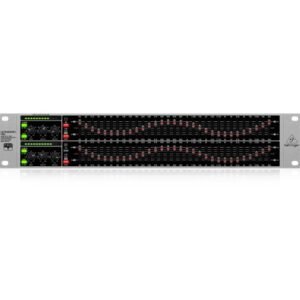

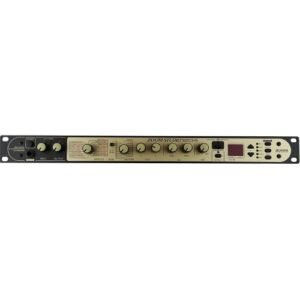

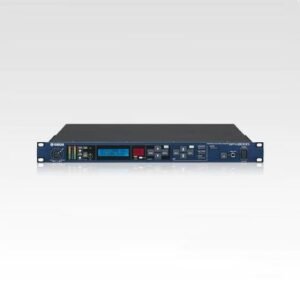

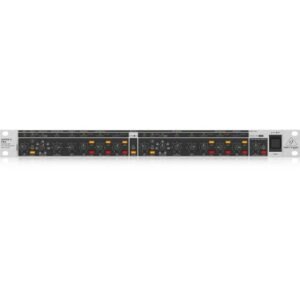
Reviews
There are no reviews yet.